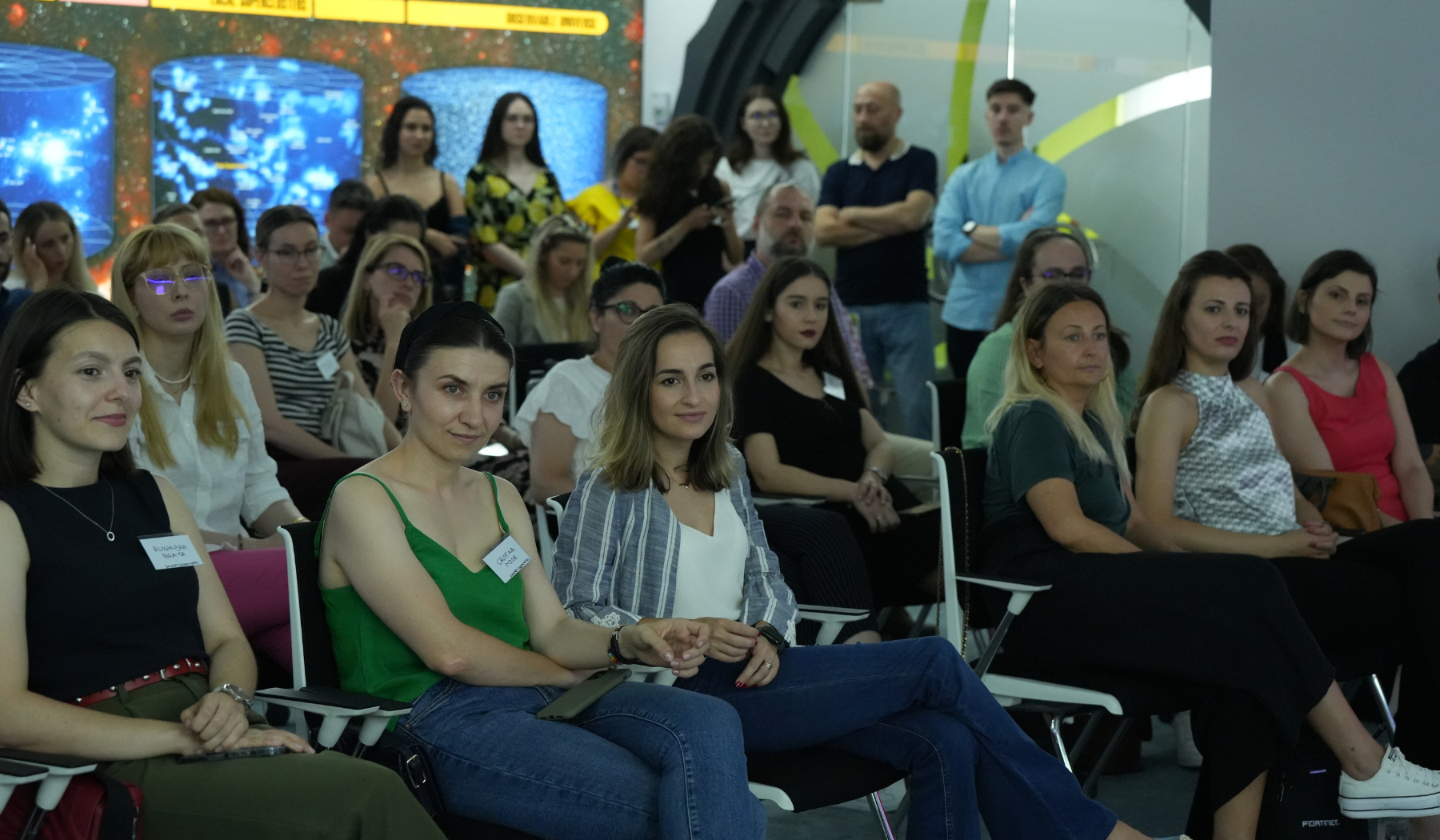SECTION
George Rogers: “Employees will eventually check out when leaders don’t check in.”

Listen to this article:
People-centric companies and leaders seek new ways to elevate employee experience in today's competitive business world. Excellent experiences are often linked with increased engagement and retention rates, higher ROI, and better business outcomes.
Employee experience encompasses an individual’s entire journey with an organization — from their first impression to daily interactions, growth opportunities, and long-term satisfaction.
We sat down with George Rogers, a leading HR expert in organizational culture and leadership, to discuss what it truly means to give people an excellent workplace experience. In this candid interview, we explore practical strategies for HR leaders, the critical role of HR tech, and how leadership can align engagement initiatives with business success.
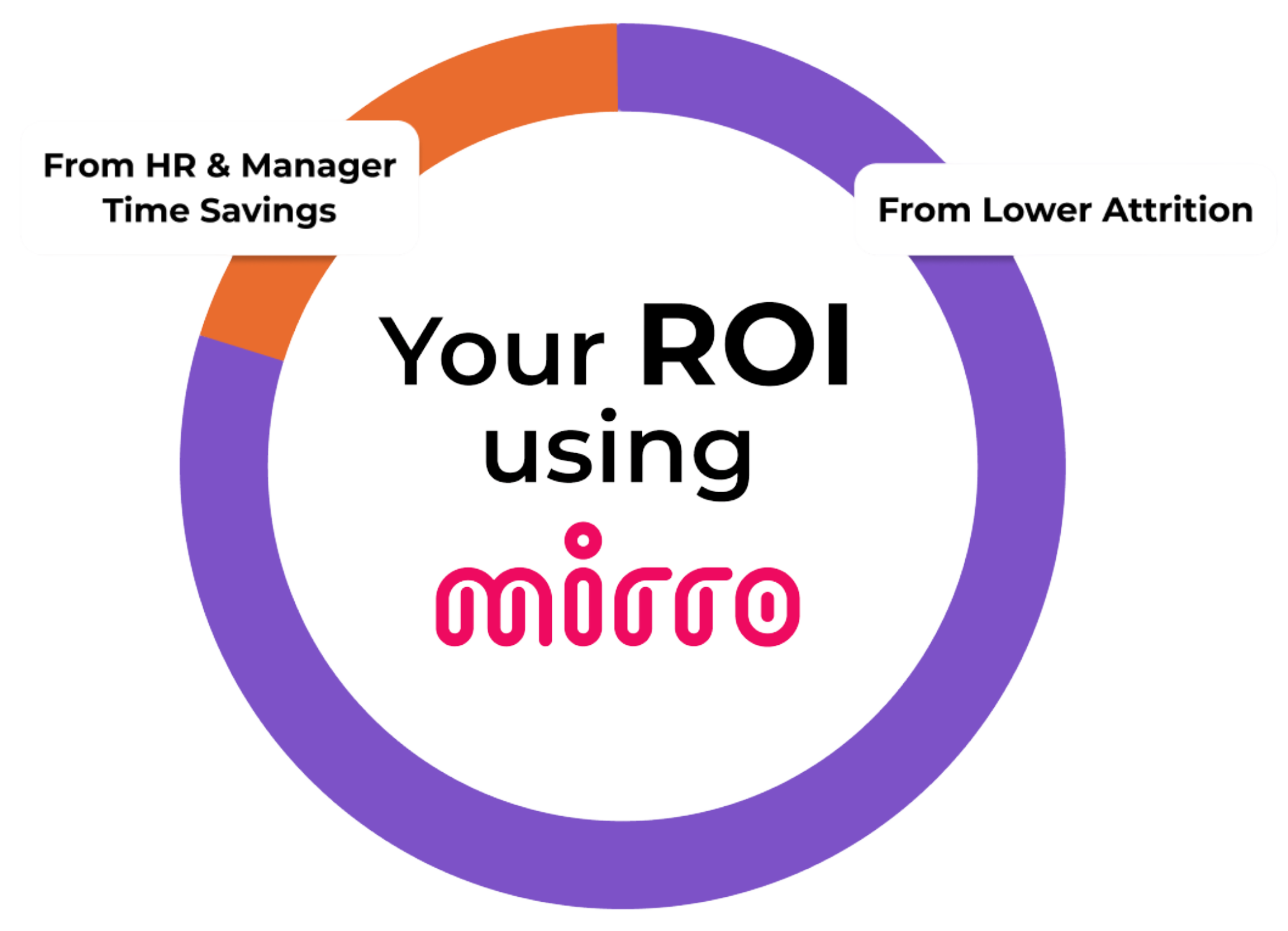
Employee experience has become a key focus in HR, but it can mean different things in different contexts. How do you define an engaging employee experience in today’s workplaces, and why is it more important now than ever?
Today's engaging employee experience encompasses meaningful work, supportive management, growth opportunities, and a positive work environment. This is crucial due to the shift towards remote, hybrid work models and the discussion of return-to-office (RTO). Also, think about the growing focus on mental health and the desire to attract and retain top talent. Prioritizing employee experience drives productivity, innovation, and organizational success.
Now that we have established what employee experience means, how can HR leaders quickly diagnose the state of employee experience in their organizations?
HR leaders can quickly diagnose the state of employee experience by conducting regular employee surveys and feedback sessions, which provide insights into how employees perceive their roles and the work environment. It's essential to assess whether employees understand the "what" of their tasks and the "why," ensuring their work is purpose-driven and aligned with the organization's mission. Analyzing key metrics like employee engagement scores, turnover rates, and productivity levels can further highlight areas for improvement. HR leaders can create a more engaging and meaningful employee experience by fostering open communication and aligning work with a clear purpose.
With the rise of hybrid and remote work, traditional engagement strategies don’t always apply. What adjustments do leaders need to make to ensure employees feel connected and valued, regardless of where they work?
In the hybrid and remote work era, leaders must adopt flexible and inclusive engagement strategies to ensure all employees feel connected and valued. Regular virtual check-ins help maintain communication and collaboration while leveraging technology for seamless interaction. Personalized recognition and feedback are critical, as is fostering a culture of trust and accountability by setting clear expectations and empowering employees. Additionally, promoting mental health and well-being through resources and support systems can help maintain a positive and productive work environment for all, regardless of location. Employees will eventually check out when leaders don’t check in.
How can HR leaders get C-level buy-in for employee engagement strategies? How does HR demonstrate its business value?
The simple answer is to align the business strategy with a complete HR strategy. Link these initiatives to business outcomes such as increased productivity, higher retention rates, and improved financial performance. By presenting data and case studies that illustrate the positive impact of engagement on organizational success, HR can make a compelling business case. Demonstrating HR’s value involves showcasing employee satisfaction scores, turnover rates, and the correlation between engagement levels and key performance indicators. Additionally, highlighting how an engaged workforce drives innovation and customer satisfaction can underscore the strategic importance of investing in employee engagement.
One challenge in modern workplaces is balancing flexibility with productivity. How can leaders support flexibility while ensuring teams stay aligned and focused on their goals?
Because I love acronyms, I will give you one for this answer! I think it’s genuinely beneficial for leaders to be flexible, and in this case, it is “let’s FLEX.”
F - Focus on Outcomes: Emphasize results over processes to maintain productivity.
L - Listen and Learn: Understand individual work styles and provide personalized support.
E - Establish Clear Goals: Set specific objectives to keep everyone aligned.
X - eXpand Communication: Ensure open dialogue to address needs and maintain alignment.
Technology plays a crucial role in keeping remote teams connected. How can leaders leverage technology to improve employee experience and engagement without making people feel overwhelmed or micromanaged?
Like every important decision in a company, selecting intuitive and streamlined technology tools that seamlessly integrate into the team's existing workflow, minimizing complexity, and avoiding the pitfalls of overwhelming employees are a few keys to start. Also, establishing clear guidelines for communication, including designated hours for synchronous interactions, can help prevent burnout while maintaining a balance between connectivity and personal time. Additionally, it is essential to foster trust through periodic, meaningful check-ins where employees lead the conversations and not their managers. It encourages autonomy and empowers employees, reinforcing their engagement.
Employee experience can’t be one-size-fits-all. How can leaders gather meaningful employee feedback to understand what drives their engagement and satisfaction in different workplace settings?
This is where authentic leadership is pivotal in creating a culture where employees feel valued and heard, fostering trust and genuine connection. Leaders should actively seek diverse feedback through regular one-on-one conversations; some people like anonymous surveys, and I support them, but where there is a culture of trust, there's an opportunity for open surveys. Another driver for engagement is creating inclusive team discussions to understand the unique drivers of engagement and satisfaction for each individual. Recognizing that each employee's communication, motivational, and recognition needs vary is essential for tailoring effective strategies that elevate morale and productivity across different workplace settings.
With the boundaries between work and personal life becoming increasingly blurred, supporting mental health has become essential. What advice do you have for leaders on creating an environment that respects and prioritizes employee well-being?
Imagine a well that is meant to provide water; if it's dry, it serves no purpose because it cannot give what it doesn't have. Similarly, employees cannot perform at their best if their mental health is compromised. In our research at Lighthouse Research & Advisory, 50% of employees have thought about leaving their jobs because of mental health and well-being in the past 18 months. 63% of employees said if their employer offered better health and well-being benefits, they would be more likely to stay with the company. That tells me companies and leaders must create a work environment that prioritizes well-being by being authentic and courageous, focusing not on what employees can do for the business, but on how to support and nurture their growth. Transformational leadership involves offering resources, fostering open communication, and promoting a healthy work-life balance, ensuring that employees are well-supported and, in turn, more engaged and productive.
Modern workplaces are often diverse regarding backgrounds, roles, and work preferences. How can leaders tailor engagement strategies to meet the unique needs of a diverse workforce while fostering a unified culture?
I understand the profound importance of diversity and inclusion. Companies must integrate DEI strategies into their core business strategies and objectives to address the unique needs of a diverse workforce. Leaders can tailor engagement strategies by actively listening to and valuing the voices of all employees, ensuring that initiatives are authentic rather than performative. Fostering a unified culture requires ongoing, sincere efforts to celebrate differences and provide equal growth opportunities, ultimately strengthening the organization and supporting everyone in achieving their fullest potential.
As we look to the future, what trends or shifts do you foresee in employee experience? How can leaders start preparing now to meet the evolving expectations of tomorrow’s workforce?
Looking to the future, I foresee an increasing emphasis on flexibility and digital fluency, with AI's ongoing importance, and well-being as key components of employee experience. Additionally, a stronger focus on purpose-driven work and sustainability initiatives will shape how employees connect with their organizations. A rise and ongoing changes in what RTO, remote, and hybrid work models will also necessitate new team collaboration and communication approaches. So I believe that to meet the evolving expectations of tomorrow’s workforce, leaders should prioritize investments in adaptable technologies, promote a culture of continuous learning, foster a sense of purpose, and implement comprehensive well-being programs that address mental, physical, emotional, and financial health. By being proactive and attuned to these trends, organizations can cultivate an environment that attracts top talent and retains and nurtures a thriving, engaged workforce.
Finally, what are the top three things companies must implement in 2025 to offer excellent employee experiences?
Let’s have fun and end it with another acronym! Imagine a thriving company as a flock of geese flying in perfect V-formation, where each bird supports the flight of the others by reducing air resistance and taking turns leading. For HR professionals and companies looking to thrive in 2025, fostering a work environment where employees stick together and support one another is crucial. By ensuring everyone feels valued and collaboratively works towards shared goals, the company can soar to new heights, offering exceptional employee experiences and achieving sustained growth. Let’s P.A.C.K. together!
- Personalized Career Development Plans: Develop tailored career paths and individualized learning opportunities that align with each employee's unique goals and aspirations.
- Advanced Digital Collaboration Tools: Implement and continuously upgrade digital platforms that facilitate seamless communication and collaboration for remote and on-site teams.
- Comprehensive Well-being Programs: Establish robust well-being initiatives that support employees' mental, physical, and emotional health through access to resources and flexible work options.
- Knowledge Sharing Initiatives: Foster a continuous learning and innovation culture by encouraging knowledge sharing through regular training sessions, mentorship programs, and collaborative projects.
By implementing these strategies, companies can create a supportive, innovative, and inclusive workplace that drives employee satisfaction and loyalty.
Employee experience fuels business success
From fostering well-being to leveraging tech thoughtfully, the modern workplace demands empathy, flexibility, and authentic leadership.
Our conversation with George reinforces a powerful truth: organizations that genuinely invest in their people attract top talent and cultivate innovation, loyalty, and resilience. Companies can transform their culture by embracing personalized strategies and cultivating a shared purpose.


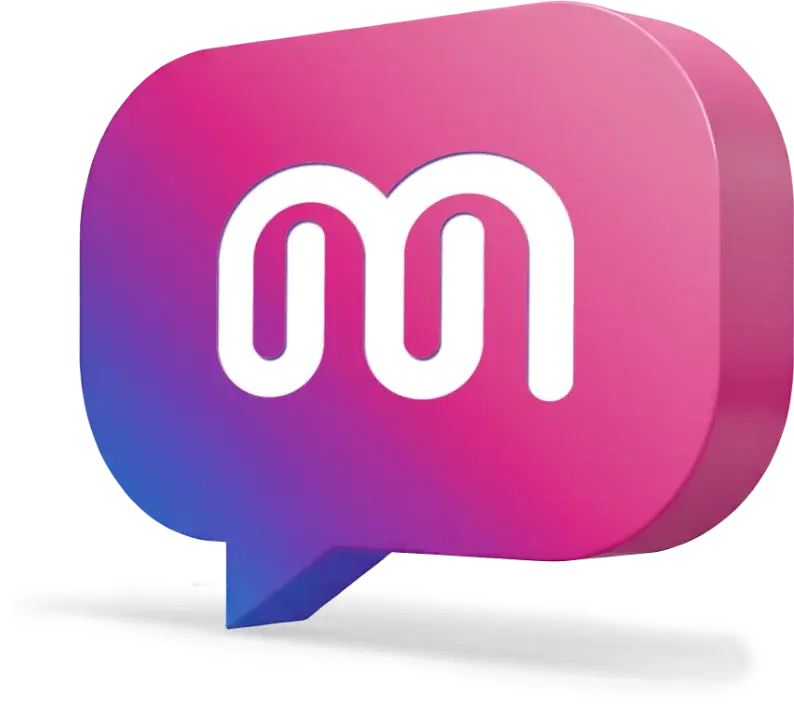
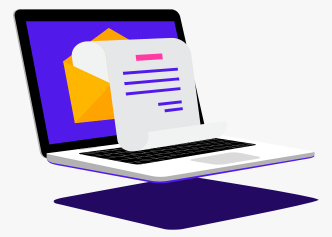
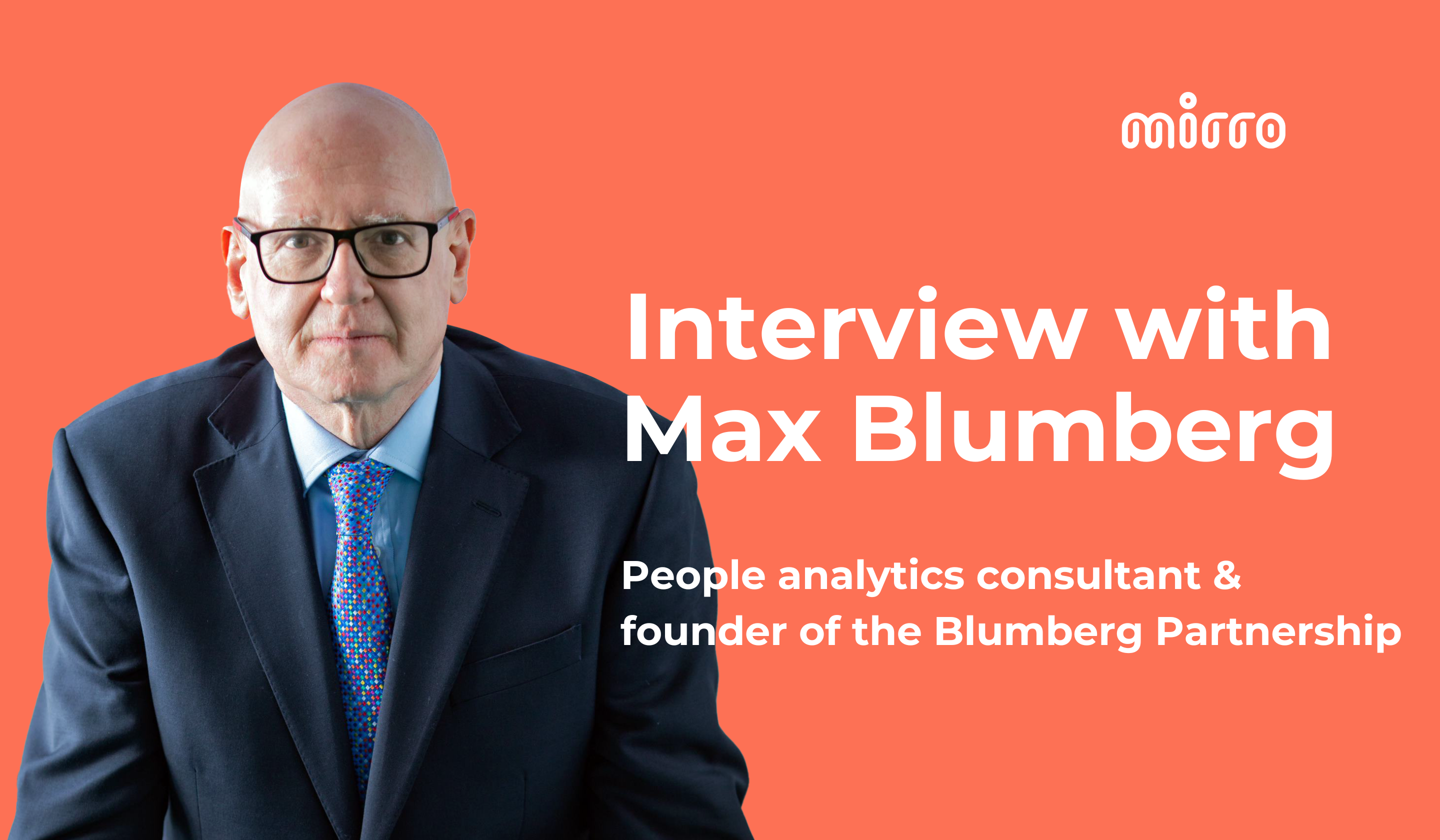
.jpg)
